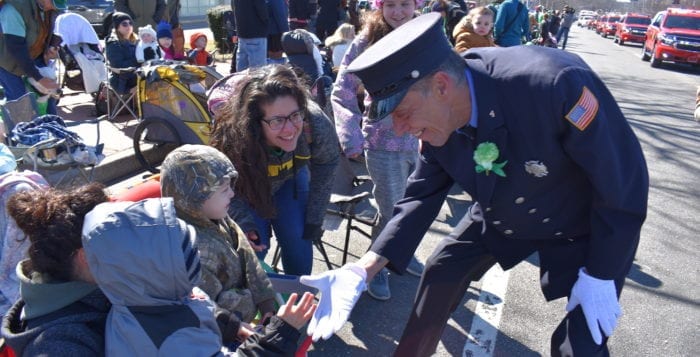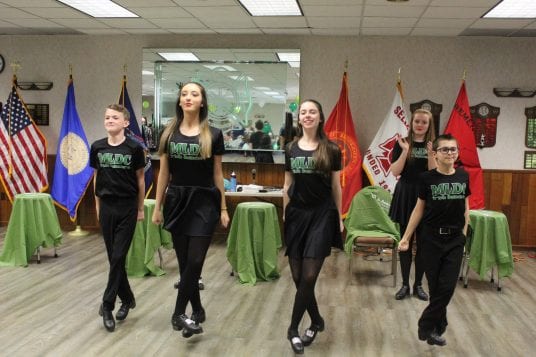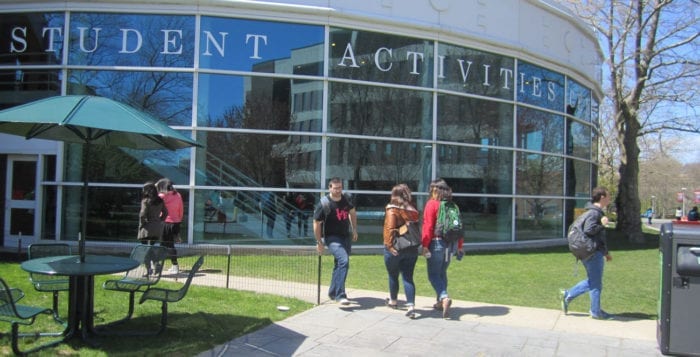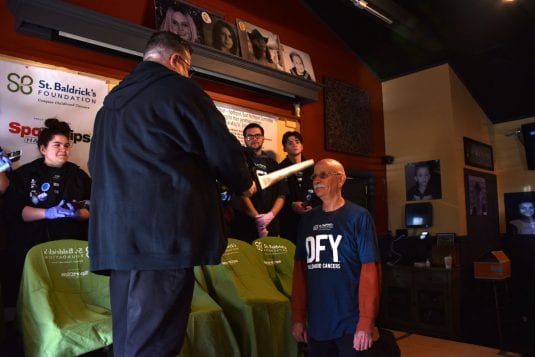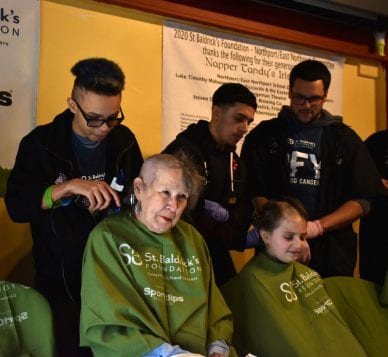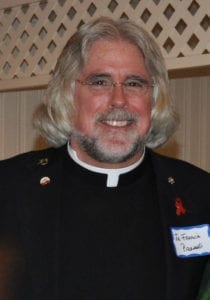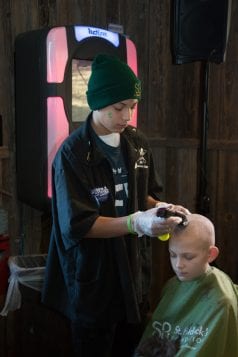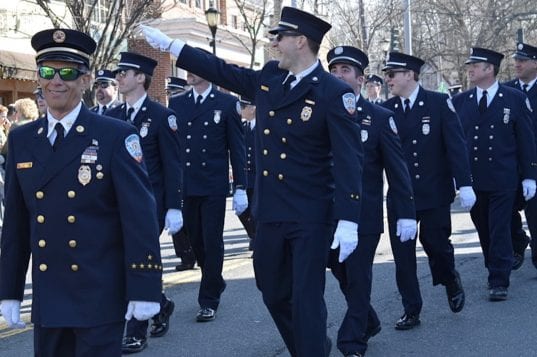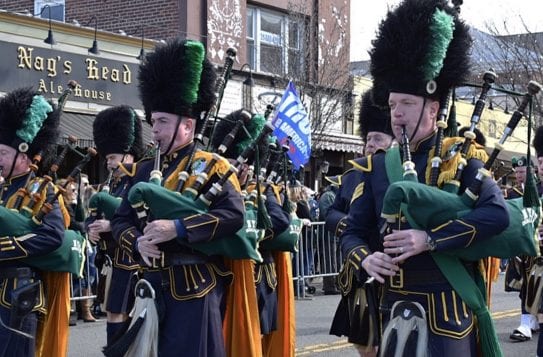Local St. Patrick’s Day Parades have been postponed due to ongoing concerns of the spread of coronavirus. Some of these local events have not had to cancel a parade in their multi-decade lifetimes.
The reports of cancellations came through after a March 12 Suffolk County press conference, where county Executive Steve Bellone (D) and county health commissioner Dr. Gregson Pigott said it would be safer for all parades taking place on the 14th and 15th to postpone their events.
The New York City parade, which often draws thousands upon thousands in crowds, also announced March 11 it would postpone its parade. It was the first time in more than 250 years that the parade has been cancelled.
The Friends of St. Patrick, the nonprofit organization that puts on the Miller Place-Rocky Point St. Patrick’s Day Parade, announced it would be postponing the 70th annual 3-mile parade, which was originally scheduled for March 15.
“We want to thank all of our sponsors and participants for their continuing support of the parade,” the Friends posted to Facebook. “While the Friends of St. Patrick are naturally disappointed to have to make this decision, it is the right decision. We know how important the event is to our community and the decision was not made lightly. We will be back bigger and better than ever at our next parade and will celebrate twice as much next time.”
James McElhone, the treasurer of the Friends of St. Patrick, said the organization would be holding a meeting the night of March 12 to discuss if the date would be pushed to later or if it would be safer to wait until next year.
“This is the first time in 70 years we’ve had to do this,” McElhone said. “Then again for New York City, it’s the first time in over 200 years.
On Thursday morning, the St. James Chamber of Commerce, which puts on the St. James St. Patrick’s Day Parade also announced it would postpone “for a later date” over concerns of exposure.
Despite the calls for postponement, the 30th annual Ronkonkoma St, Patrick’s Day Parade is, as of writing, still planned for March 22 along Hawkins Avenue in Lake Ronkonkoma.
Suffolk officials said there are currently 16 confirmed cases within the county, with 49 others in mandatory quarantine and 76 others who are be in monitored in “cautionary quarantine,” having recently travelled.

